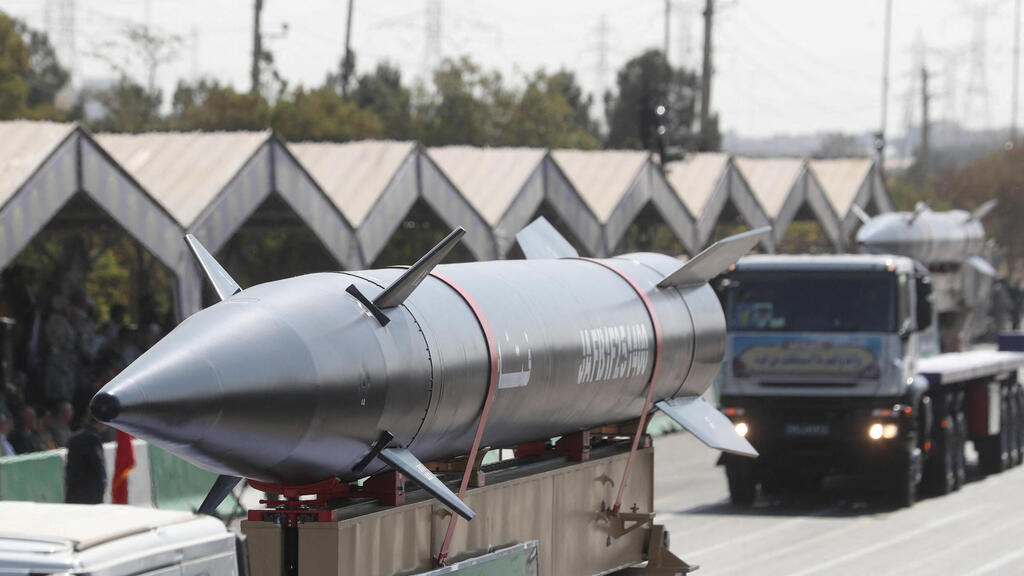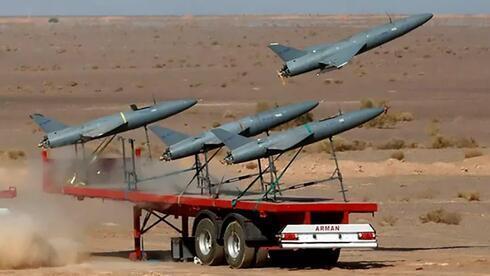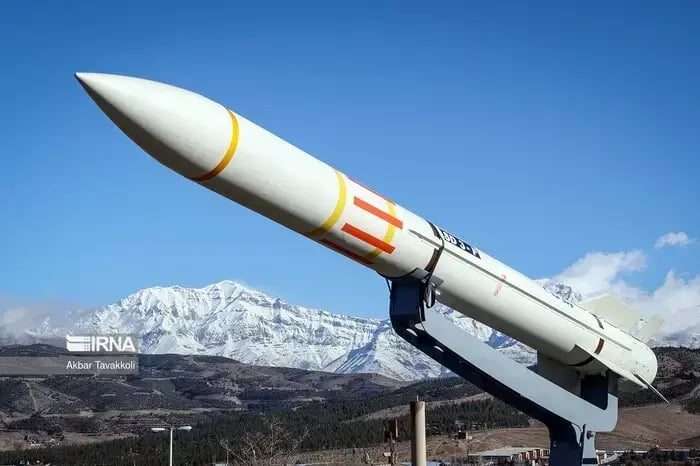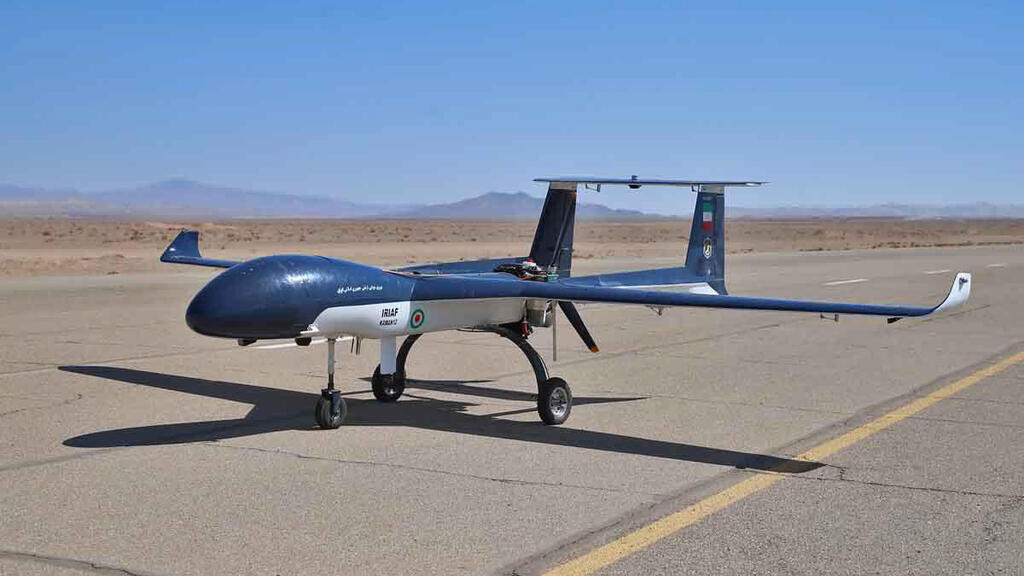Getting your Trinity Audio player ready...
The New York Times in a special report released Saturday attempted to answer what the West knows about Iran’s military capabilities following the launch of its attack against Israel that included hundreds of drones and missiles.
According to The Times, Iran’s military strategy has focused on deterrence for years, primarily through the development of long-range ballistic missiles, UAVs and air defense systems. Iran has also constructed a navy fleet and a number of smaller submarine squads capable of disrupting ships passing through the Persian Gulf and the Hormuz Strait.
According to Afshon Ostovar, an associate professor of national security affairs at the Naval Postgraduate School and an expert on Iran’s military, Iran has one of the largest ballistic missiles and UAV arsenals in the Middle East.
It includes cruise missiles, anti-ship missiles and ballistic missiles with a range of up to 2,000 km, capable of reaching Israel. In recent years, Iran has also accumulated a large stockpile of long-range ballistic missiles with a range of 1,900-2,500 km and the ability to fly without alerting radars, according to experts and interviews with senior Iranian officials.
According to U.S. estimates, Iran has over 3,000 heavy ballistic missiles like those launched against Israel, and estimates it has significantly improved the accuracy of these missiles over the past decade.
The Iranians don’t hide these arsenals, and display them during annual military parades. The country also hopes to turn the production of UAVs into a major export business. Currently, Iran's UAVs are being used by Russia in the war in Ukraine and have also seen action in Sudan.
Where are the weapons stored?
Military bases and storage facilities are scattered throughout the country, buried deep underground and fortified by air defense systems. Therefore, experts warn it will be difficult to destroy the arsenals using air strikes.
How does Iran acquire its weapons?
International sanctions imposed on Iran have cut it off from advanced weapon supplies and resources for weapon production, such as tanks and fighter jets. Even prior to that, during the eight years of its war with Iraq, few countries agreed to sell weapons to Iran.
4 View gallery


Iranian missiles on display in military parade
(Photo: Reuters, (Majid Asgaripour/WANA (West Asia News Agency)
As a result, in 1989, when Ayatollah Ruhollah Khomeini became Iran's supreme leader shortly after the war ended, he ordered the establishment of a local arms industry and allocated resources to these efforts. He wanted to ensure that Iran would no longer have to rely on foreign countries for its defense requirements.
Accordingly, Iran's missile production increased over the past 15 years, and experts explain that Iran produces large quantities of missiles and UAVs and prioritizes the military defense sector today.
However, its efforts to construct submarines and large naval vessels have yielded mixed results so far, so it imports small submarines from North Korea – another isolated state. According to the UAE’s Emirates Policy Center in Abu Dhabi, Iran intended to allocate 41% of its military budget to the development and production of weapons last year.
How do other countries view the Iranian military and what are its weaknesses?
The prevalent view sees the Iranian military as one of the strongest in the Middle East in terms of equipment, experience and personnel quality, but it lags behind countries like the U.S. and Israel in terms of its power and sophistication.
Its main weakness is its air force. Most of the country's aircraft were brought for use during Mohammad Reza Pahlavi’s era, who ruled Iran from 1941 to 1979 – so many of the country’s military jets are grounded due to a lack of spare parts. Experts note that the country acquired a small fighter jet fleet from Russia in the 1990s.
Similarly, Iran's tanks and armored vehicles are also outdated, and the country has only a few large combat naval vessels. However, the country has two military intelligence ships deployed in the Red Sea to assist Yemen’s Houthi rebels in identifying Israeli-owned ships that could be attacked, according to senior U.S. officials.





